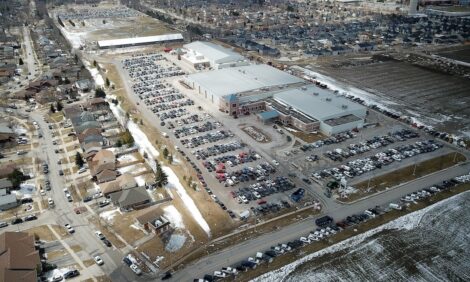



Australian cheese production expected to rise in 2025 - GAIN
If realised, it will be the third highest level of cheese production on recordFAS/Canberra forecasts cheese production to lift to 375,000 MT in 2025, a 2.7% increase on the downward revised 2024 estimate of 365,000 MT, according to a recent US Department of Agriculture (USDA) Global Agricultural Information Network (GAIN) report. If realised, this would be the third highest level of cheese production on record, but equal to a more recent peak in 2023.
The current record of 413,000 MT was set in 2002 when milk production in Australia was at its peak and 24% higher than the forecast production for 2025. The primary reason for the higher expectation is directly related to the small increase in forecast milk production. Over the last decade, there has been a trend of milk processors channeling more and more milk towards cheese production at the expense of other processed dairy products, during which milk production has broadly declined. This trend has plateaued in 2023 and is estimated to dip in 2024 with a rise in SMP and butter production at the expense of cheese.
Cheese production is forecast to account for 35% of total fluid milk production. After accounting for forecast domestic fluid milk consumption and fluid milk exports, 49 percent of fluid milk available for manufacturing products is used for cheese. Over the last decade, there has been a clear trend of cheese production becoming of increasing focus by processors until 2023. In 2014, cheese accounted for only 28% of national fluid milk production, and 39% of fluid milk was used for manufacturing products. Cheese by far, accounts for more milk usage in Australia than any other dairy product. The next highest use is for domestic fluid milk consumption, which is forecast to equate to 28% of national milk production.
The forecasted cheese production of 375,000 MT in 2025 is similar to the level achieved in 2023 but with an expected 3.9% increase in milk production. As milk production declined over time, the industry also rationalised processing capacity. With the rise in milk production starting in 2024, processors have focused on increasing SMP and butter production to manage the higher spring-peak
production load.
For the last decade, Australian cheese manufacturers have focused on increasing cheese production at the expense of other dairy commodities. However, as cheese production began to mature over the last
five years, the focus has been on increasing semi-hard cheese production, and partially at the expense of cheddar cheeses. Processors have shifted their focus towards producing more specialised cheeses to extract greater value from the available milk.
FAS/Canberra’s cheese production estimate for 2024 is 365,000 MT, which is 10,000 MT (2.7%) below that for 2023. Dairy Australia data for January to June 2024 cheese production shows a decline of
over seven percent compared to the same period in 2023. For Australia, the peak milk production period is in the second half of the year because of a predominantly pasture production-based system, and cows are calving in time to take advantage of the spring pasture flush. FAS/Canberra anticipates processors to run cheese production at full capacity during this period, and it is anticipated that there will be some catch-up in cheese production, limiting the fall from 2023.



